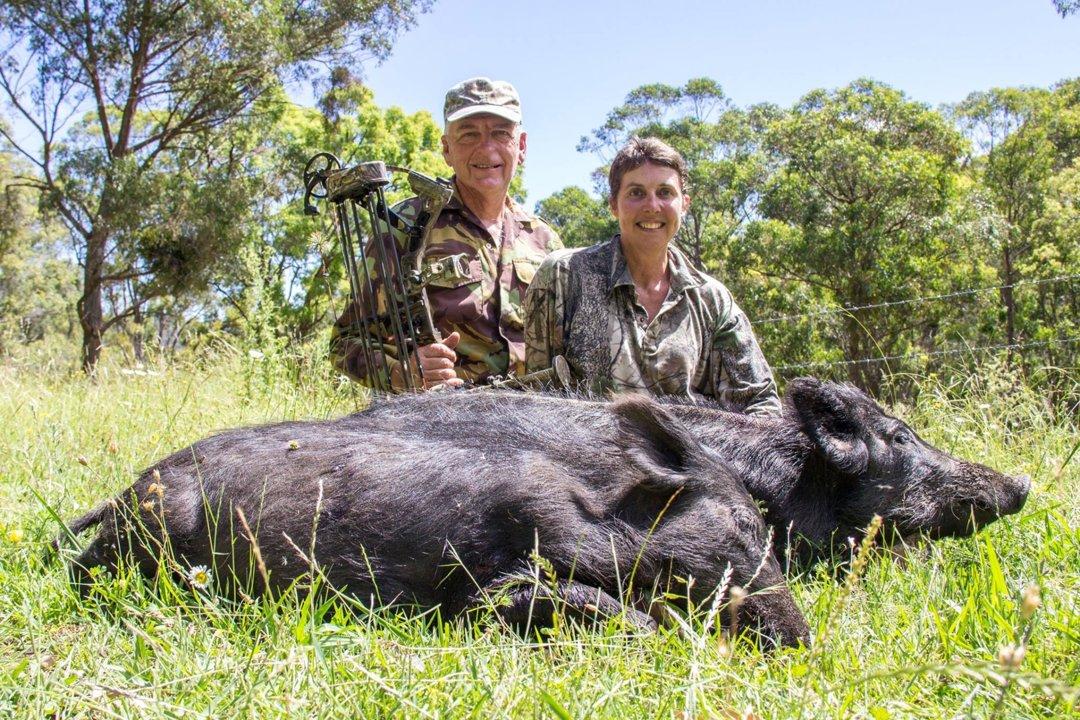
Nordland Hunting Grounds in Norway: A Hunter’s Arctic Haven. Hunting Legislation, Hunting Traditions and Interesting Facts About Hunting Geographical and Natural Features: Exploring the Landscape and Ecosystems of Nordland Nordland, located in northern Norway, is a region of stunning natural beauty, characterized by rugged mountains, deep fjords, and vast forests. The landscape is a mix of coastal areas, alpine terrain, and boreal forests, providing diverse habitats for a variety of game species. The region’s climate is influenced by the Gulf Stream, resulting in milder winters compared to other Arctic areas, but the terrain remains challenging, with steep slopes and dense vegetation. These features make Nordland an ideal destination for hunters seeking both adventure and abundant wildlife. Hunters and Demographics of Nordland Nordland has a population of approximately 240,000 people, spread across a large and sparsely populated area. Hunting is a popular activity, with around 8,0
Post: 17 May 19:39















































